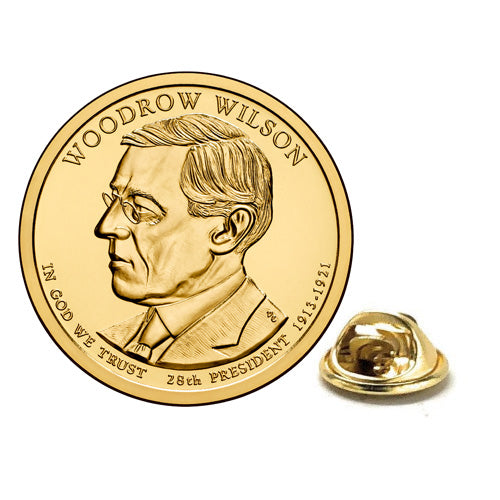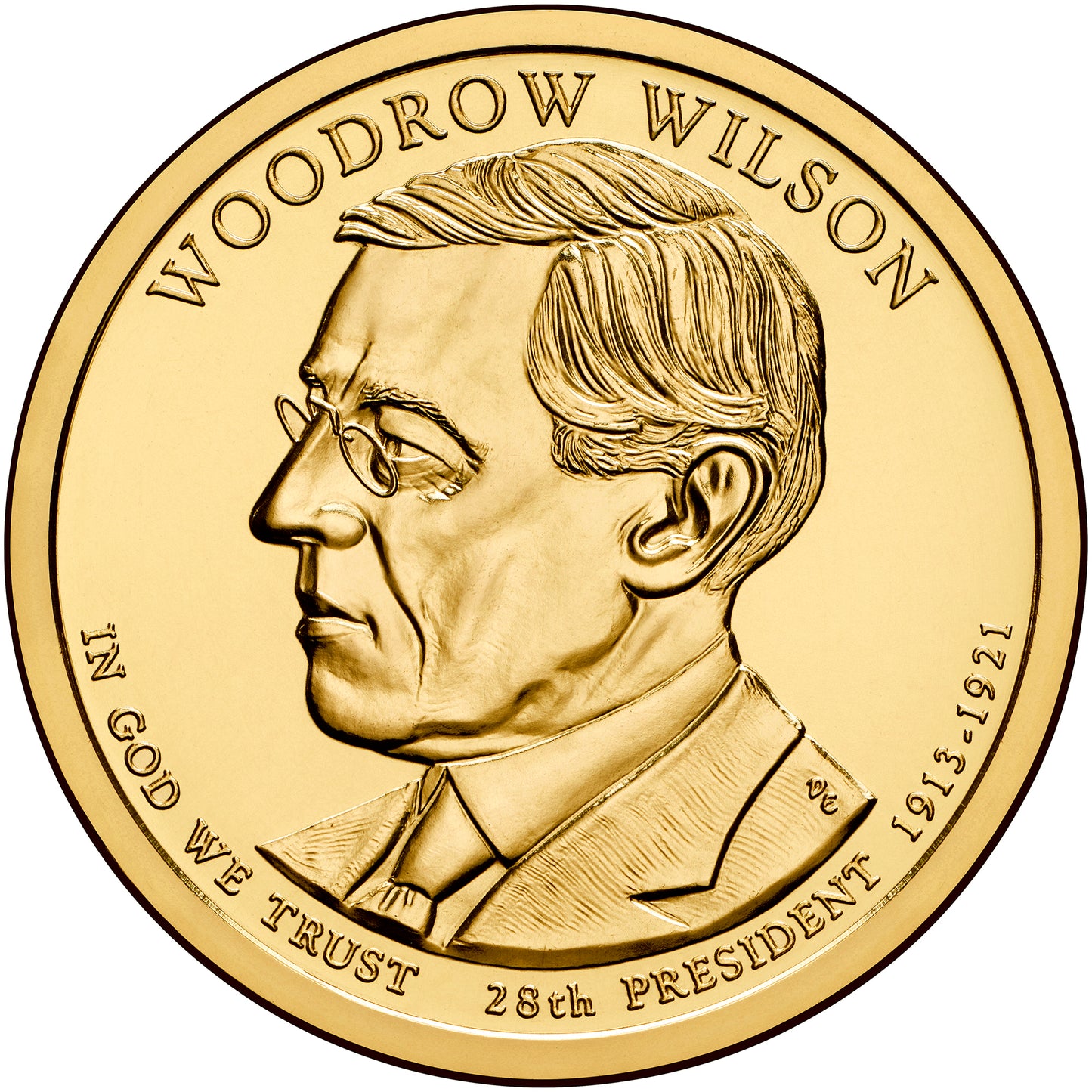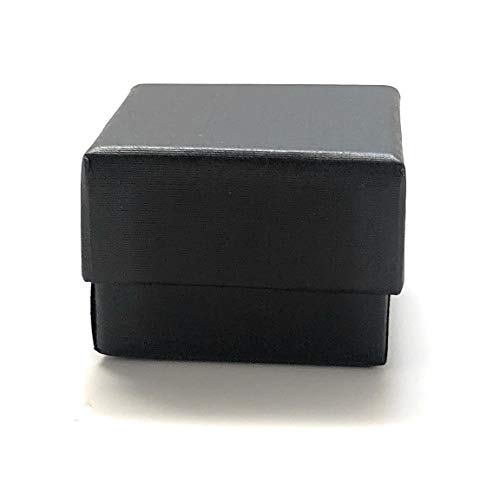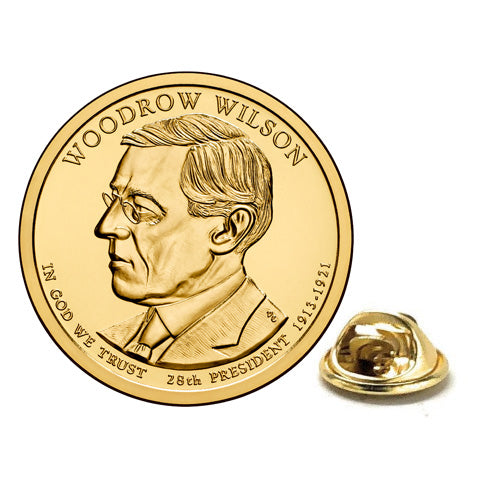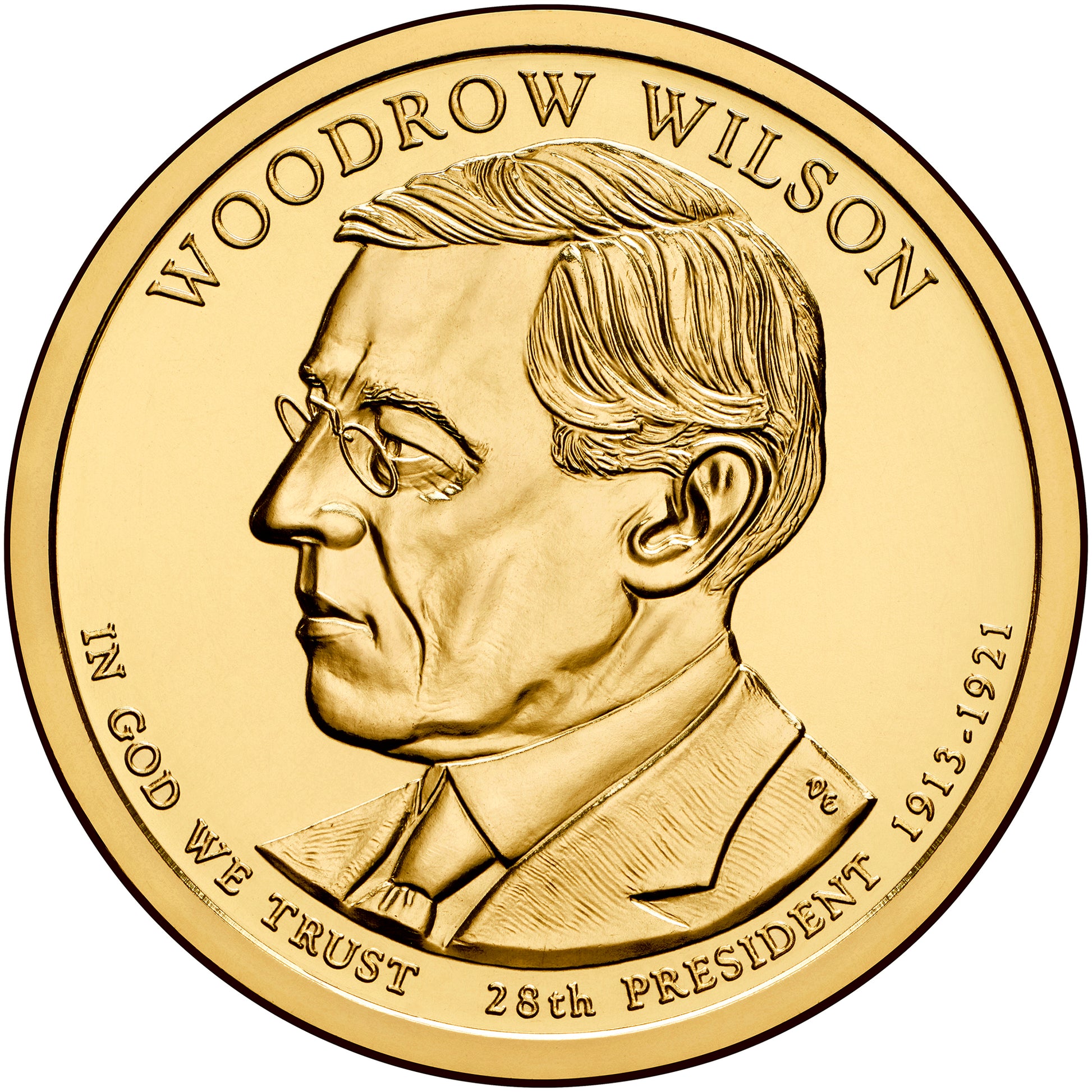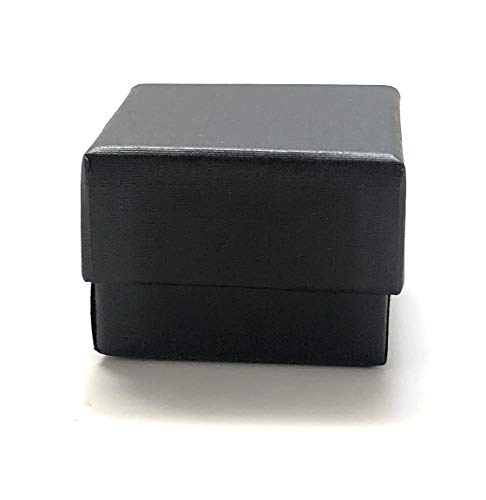Jay Pins
Woodrow Wilson Presidential Dollar Lapel Pin, Uncirculated One Gold Dollar Coin Enamel Pin
Woodrow Wilson Presidential Dollar Lapel Pin, Uncirculated One Gold Dollar Coin Enamel Pin
Couldn't load pickup availability
Celebrate the legacy of Woodrow Wilson, the 28th President of the United States, with this stunning Presidential Dollar Lapel Pin. Featuring an uncirculated authentic $1 coin beautifully crafted into a durable enamel lapel pin, this collectible piece is perfect for history enthusiasts, coin collectors, and proud patriots alike.
Each pin showcases Wilson’s distinguished profile and is paired with a secure butterfly clasp backing, making it ideal for display on jackets, hats, backpacks, or lanyards. Add a timeless piece of American history to your collection or gift it to someone who appreciates the leaders who shaped our nation.
• Genuine uncirculated $1 Presidential coin
• Sturdy enamel lapel pin mount with butterfly clutch
• Honors the 28th U.S. President (1913–1921)
• A meaningful gift for history buffs and collectors
Approximately .80" in diameter
Authentic Uncirculated USA Coins
Hand Crafted by Artisan in the USA
Rhodium Plated Gold Butterfly Clasp Backing
Presidential $1 Coin Program
Presidential dollar coins began on January 1, 2007, and like the 50 State quarters program, was not scheduled to end until every eligible subject was honored. The program was to issue coins featuring each of four presidents per year on the obverse, issuing one for three months before moving on to the next president in chronological order by term in office. To be eligible, a President must have been deceased for at least two years prior to the time of minting. The United States Mint called it the Presidential $1 Coin Program.
Background
Woodrow Wilson was born in Staunton, Virginia, in 1856. He became a professor of political science and was appointed president of Princeton University in 1902. He was elected governor of New Jersey in 1910 and President of the U.S. just two years later. While he was President, the Federal Reserve Act was passed, which provided the country with a more elastic money supply. He suffered a stroke while trying to rally support for the Versailles Treaty, which was defeated by the Senate.
Share
